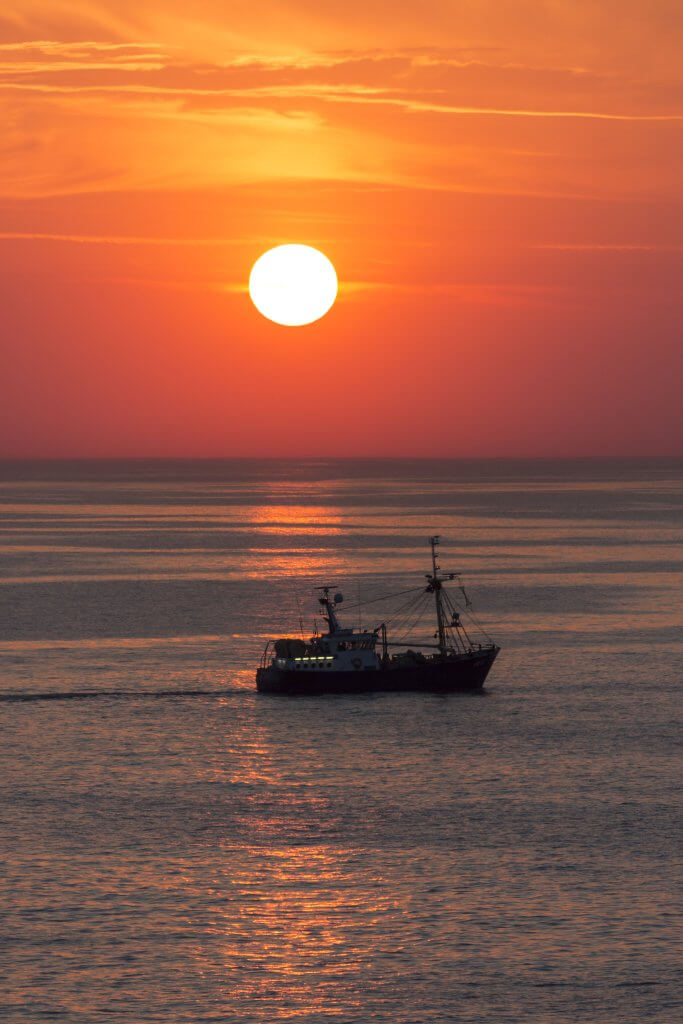Fishing gears towed along the seafloor inevitably have an effect on “benthic habitats” – that is, the seabed and the communities of organisms found in and upon it. These effects include stirring up sediment and reducing the abundance of certain species. The vulnerability of different benthic habitats to fishing will vary depending on the physical nature of the habitat (for example, is it rocky, or is it made of softer sediments?) and how many species within the community are longer-lived ones that need more time to recover from disturbance.
This report, part of our Ecological Effects of Fisheries theme, describes our work to both develop assessments of fishing impacts on benthic habitats in the SEAwise Case Study regions over time and evaluate changes to benthic ecosystems as a result. Being able to quantify the risk of negative fishing impacts on benthic habitats, alongside how this might vary over space and time, is key to devising management strategies to protect or restore these habitats so that they can support healthy ecosystems and fish stocks – core priorities of Ecosystem-Based Fisheries Management (EBFM).

Most benthic habitats across the Case Study regions appear to be at lower risk of degradation, according to our assessment process. However, this is not the case for certain areas within each region. For example, 59% of benthic habitats at depths down to 200m in the Adriatic were assessed as being at risk, but this was the case for only 27% of similar habitat in the Ionian. To reach these conclusions, we used ICES’ Fishery Benthic Impact and Trade-off (FBIT) approach. This involves looking at both the intensity of fishing and the proportion of longer-lived species in the habitat’s ecological community under undisturbed conditions, in order to come up with a value for the risk of degradation to that particular benthic habitat. That value is called the “Relative Benthic State” (RBS).
The next step in the research was to see if RBS could be included as an indicator in models exploring possible outcomes of different fishery management scenarios (e.g. gear restrictions), and any trade-offs between ecological goals and socio-economic ones, such as catch value, relating to these. The scenarios were ranked according to how much they might be expected to minimise trade-offs. One of the top-ranked scenarios, which excluded pair trawls from all fishing zones in a hypothetical area, achieved a good status for the benthic habitat while minimising the fall in catch values. This is in comparison to all other scenarios which achieved good status but saw greater falls in catch values – demonstrating the usefulness of RBS to fisheries managers weighing up potentially competing ecological, economic, and social priorities.
In the final stage, we drew on data collected during a survey of the Shelf Sea Biogeochemistry programme (SSB) in the southern Celtic Sea – within SEAwise’s Western Waters Case Study region – to analyse changes in marine sediments resulting from trawling. Among the findings was that in untrawled areas, organisms which flush their burrows with water significantly increase the penetration of oxygen into the seabed; but trawling appears to break this relationship down, potentially by reducing the abundance of such organisms.
While the approach taken in this research can’t provide estimates of actual health or degradation of benthic habitats, the assessments have yielded risk ratings for benthic habitats across the SEAwise Case Study (sub)regions, and these have potential to be used in spatial fisheries management. Within SEAwise, we will now look to further improve the methodology developed in this research to feed into forthcoming research on how spatial management can affect fishery bycatch rates of mammals and other sensitive marine wildlife.
Read the full report here.
Stay up to date with SEAwise news and research, hear about upcoming events, and receive updates on fisheries news from across the European seascape.